
[This article is part of a series this week on the JFK assassination coinciding with our November 18 webinar entitled “New Evidence, Old Questions: The Latest Declassified JFK Files.”—Editors]
On October 5, 2025, JFK researcher Robert Morrow asked X’s AI assistant, Grok: “Did Lyndon Johnson orchestrate the JFK assassination?” Grok answered: “There is no credible evidence that Lyndon B. Johnson orchestrated the assassination of John F. Kennedy. The official investigation, conducted by the Warren Commission, concluded that Lee Harvey Oswald acted alone in assassinating JFK on November 22, 1963, in Dallas, Texas. The Commission’s report, based on extensive FBI and Secret Service investigations, found no conspiracy involving Johnson or any other government officials.”
As citizens, journalists and scholars around the world begin to outsource their critical thinking to artificial intelligence, perhaps it is worth keeping a paper trail to map where and when civilization lost its way. Grok’s response constitutes misinformation bordering on outright lie. Therefore, it is the mission of this human being to confront the fog machine and take a John Henry hammer to its semblance of a mouth. I will do so with two core concepts—consilience and primary documents—and ten exhibits and, thereby, prove that there is indeed credible evidence that Lyndon B. Johnson orchestrated the assassination of John F. Kennedy.
Let it first be stated that Lyndon Johnson is dead and will, therefore, never receive a trial in the murder of John Kennedy. The standard of evidence in this case is not legal but historical. Consilience is the dominant standard of evidence in history. Consilience refers to strong historical conclusions that can be achieved when proofs from multiple, independent and unrelated sources converge on a particular point, acting as a credible test of truth for a theory.
What proofs constitute the highest form of historical evidence? Primary documents. Primary documents, or firsthand accounts or artifacts, are the gold standard of history. There may be no smoking gun in the story of the JFK assassination, but these ten documents represent a fact pattern of credible primary data pointing to Lyndon Johnson as the orchestrator of the JFK assassination:
- The Zapruder film
- The December 1, 1966, FBI KGB memo
- The 2004 recorded confession of E. Howard Hunt
- The 1967 JFK file labeled “CIA Dimensions of Brown and Root”
- Print 29 from the Texas School Book Depository
- The August 9, 1984, letter from Douglas Caddy to Stephen S. Trott
- The Texas School Book Depository Building
- The 1965 Jack Ruby confessions (and 2024 Barr McClellan corroborations)
- The 1963 and 1994 Evelyn Lincoln documents
- The 1971 Cliff Carter tape
The first primary document is the eight-millimeter home movie of the JFK assassination that Dallas dressmaker Abraham Zapruder took on November 22, 1963. The Zapruder film is, without question, the most famous and credible primary document in the Kennedy case. For the purpose of proving Lyndon Johnson orchestrated the assassination, the Zapruder film makes two things clear: the JFK assassination took place in Texas and at least one shot came from the front or side, demonstrating conspiracy.
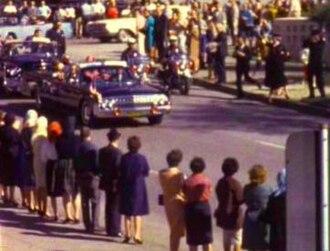
If the assassination had taken place in Chicago, Miami or Tampa, where other conspiracies were detected by the Secret Service and FBI in 1963, we would be having a different conversation today. But the successful plot took place in Texas, home state of Lyndon Johnson, the most powerful politician in that region and a man with a well-documented desire to become president.
Therefore, based on location, means, motive and opportunity, Lyndon Johnson is now a suspect, or at least a person of interest, in the murder of John F. Kennedy.
The second significant primary document is the December 1, 1966 FBI memo from FBI Director J. Edgar Hoover to Marvin Watson, a special assistant to Lyndon Johnson. Hoover’s memo describes a source within the Soviet Union who disclosed to the FBI that the KGB, at that time the largest foreign intelligence service in the world, instructed “all of its agents to immediately obtain all data available” concerning Lyndon Johnson in the wake of the JFK assassination. What did the KGB deduce from this data hunt? The KGB concluded Johnson “was responsible for the assassination of the late President John F. Kennedy.”
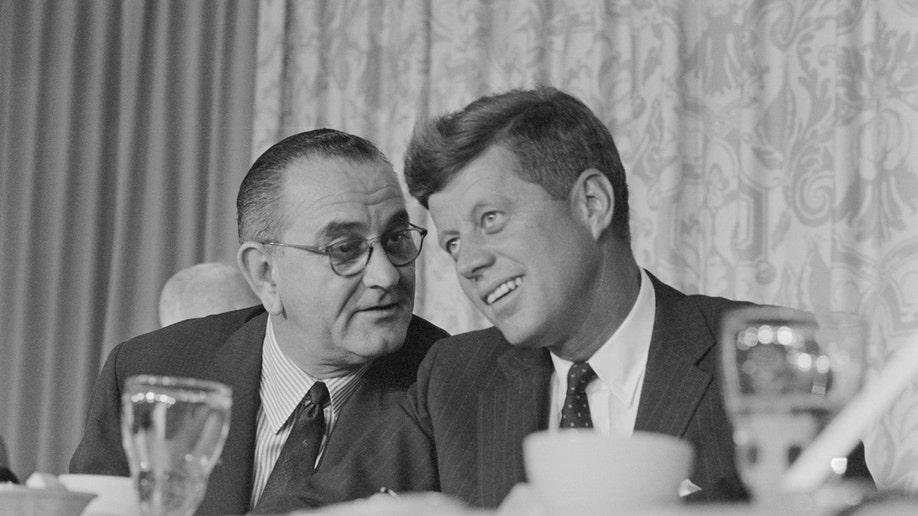
The 12/1/66 memo is significant because it affirms that Johnson was a credible suspect in the JFK murder, was labeled as such by a systemic analysis in real-time, and that the pinning of the killing on Johnson was not solely the work of Billie Sol Estes in the 1980s, or the John Birch Society-sponsored research of J. Evetts Haley in 1964.
On September 24, 2025, on the Solving JFK Podcast, JFK researcher James DiEugenio claimed there was no “antecedent” to the Estes claims from the 1980s other than Haley. This 1966 primary document proves that DiEugenio is incorrect.
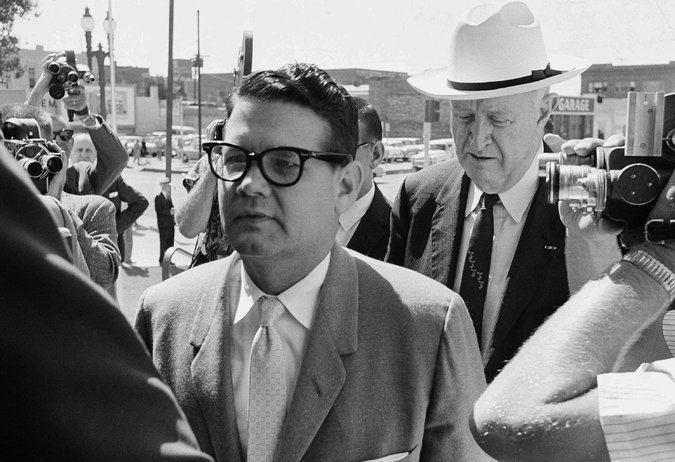
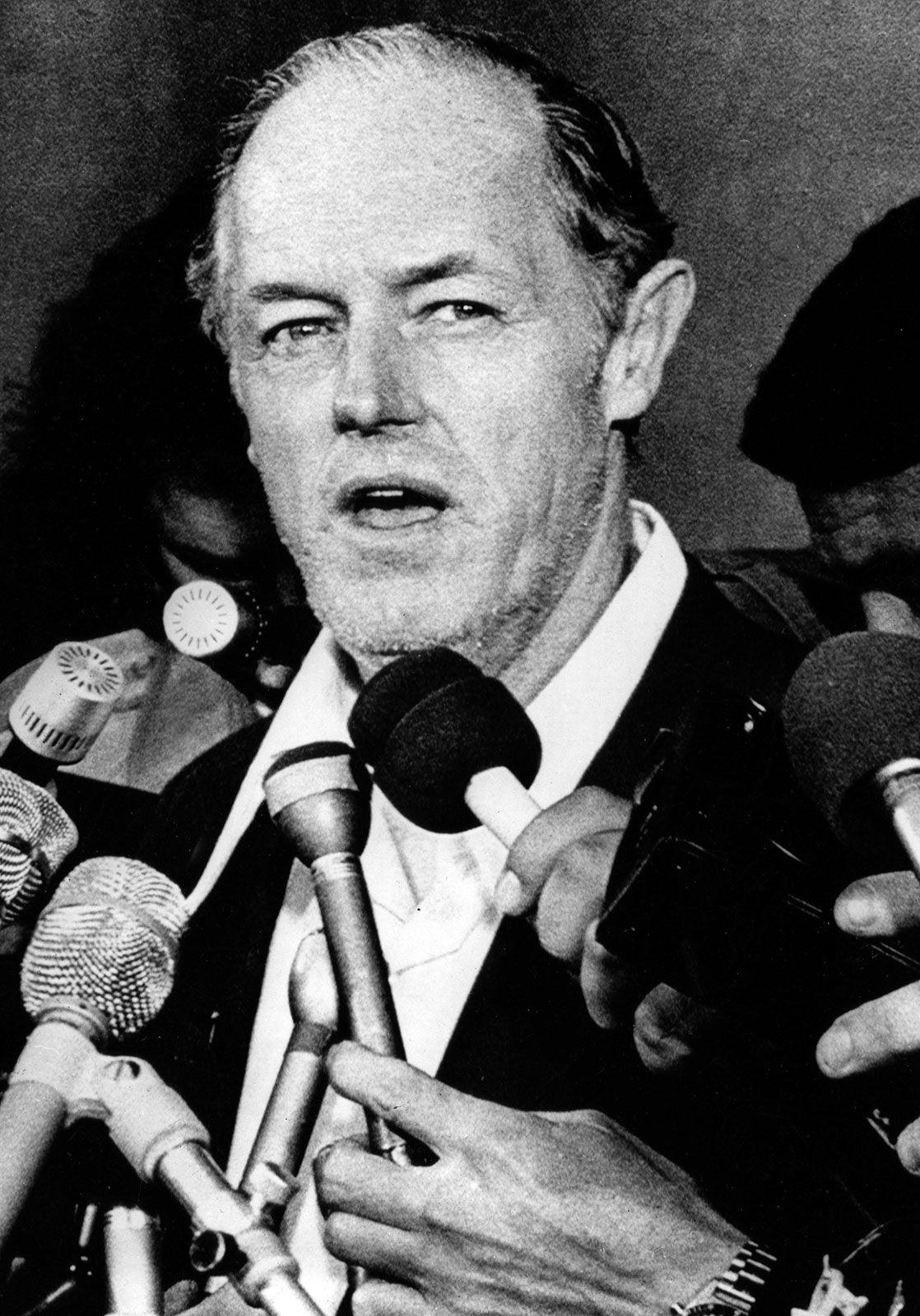
In January 2004, famous CIA agent and Watergate burglar E. Howard Hunt recorded a confession about his part in the Kennedy assassination. Hunt’s testimony placed “LBJ” at the top of the “chain of command” in the Kennedy killing.
Beneath Johnson one finds the names of “Cord Meyer,” “David Morales,” “Bill Harvey,” and a “French Gunman” on the “Grassy Knoll.” This insider confession, published in both Rolling Stone and Wired magazine in 2007, does not, by itself, constitute a smoking gun, but as we deepen the pattern of consilience, note the fact pattern emerging: The assassination took place in Texas, Johnson’s home state; Johnson, with his abundant means, motive and opportunity, was pinned as a suspect in real time by the KGB (and journalists like Joachim Joesten), and now, with the confession of Hunt, we have a consensus forming that includes an agent from the KGB’s ostensible adversary: the CIA.
On June 4, 2014, the National Archives declassified a December 20, 1967, document titled “The CIA’s ‘Brown and Root Dimensions.’” This fourth primary document is significant because it challenges the binary thinking that plagues the JFK assassination research community. The CIA memo was generated while Lyndon Johnson was in office and in response to a 1967 article in the counterculture magazine, Ramparts, which mapped the entanglements of LBJ’s benefactor, the Brown & Root Corporation, with the Central Intelligence Agency.


The JFK assassination research community tends to split between the “LBJ did it” crowd (think Roger Stone) and the “CIA did it” crowd (think Oliver Stone). This binary approach is criticized thoroughly in the works of Peter Dale Scott who suggests that researchers deploy a “deep politics” analysis that recognizes the obvious: There are documented connections between the CIA, FBI, Mafia, Dallas Police, Big Oil, Military Intelligence and Lyndon Johnson.
In its disclosure that the CIA possessed numerous foreign and domestic contacts in the Brown & Root network (like “Brown, George,” and “Jaworsky, Leon”) while Johnson was overseeing the censorship of the JFK files, “The CIA’s ‘Brown and Root Dimensions’” demonstrates what Hunt’s confession states: a deep relationship between an organization that loathed JFK (the CIA), a corporation that supported LBJ (Brown & Root), and a powerful individual who had everything to gain if JFK were assassinated (LBJ).
The fifth primary document, known as “Print 29,” places the fingerprint of convicted murderer and Lyndon Johnson “hatchet man” Mac Wallace on “Box A” in the Texas School Book Depository the day of the assassination.
On March 9, 1998, Certified Latent Fingerprint Examiner A. Nathan Darby filed an affidavit testifying to the fact that Print 29 matched with Wallace. Darby located 14 points of matching identification in his first analysis and 34 points of match in a later analysis. Eight to twelve points is the industry standard for a credible match in most countries.
![Primary view of object titled '[Mac Wallace hearing]'.](https://covertactionmagazine.com/wp-content/uploads/2025/11/primary-view-of-object-titled-mac-wallace-hearin.jpeg)
Shortly after Darby’s first analysis, E. Harold Hoffmeister, another accredited fingerprint examiner, corroborated Darby’s work. However, days later, once he realized the historical context, Hoffmeister retracted his analysis. But it was too late. That is not to say a juror (or reader) might find the Print 29 evidence unconvincing. But it is a credible document, part of an LBJ fact pattern, and frequently discussed in top-tier peer-reviewed scholarship such as Joan Mellen’s Faustian Bargains, published by Bloomsbury Books (my publisher).
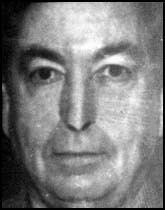
The LBJ fact pattern in the JFK case deepens when one consults the sixth primary document, the August 9, 1984, letter from Douglas Caddy to Department of Justice attorney Stephen S. Trott. Caddy, attorney for E. Howard Hunt and, in this case, Billie Sol Estes, asserts to Trott that his client, Estes, possesses insider knowledge that Lyndon Johnson was behind the killing of JFK and others (like USDA official Henry Marshall) and that “Mr. Estes is willing to testify that LBJ ordered these killings, and that he transmitted his orders through Cliff Carter to Mac Wallace, who executed the murders.” The Caddy letter lends credibility to Print 29 and the prior five documents that pin the JFK assassination on LBJ.
A building is a text that can be read and misread. The investigation into the assassination of John F. Kennedy had a focal crime scene: the Texas School Book Depository Building. Like many JFK researchers, I have read books, interviewed living witnesses, and visited the (quote unquote) “scene of the crime.”
But who owned the scene of the crime? Who owned the building where investigators located Print 29? David Harold “D. H.” Byrd, a close friend of Lyndon Johnson. Byrd owned the Texas School Book Depository Building from 1937 to 1970. Shortly after the assassination, Byrd removed one of the windows from the sixth floor of the “sniper’s nest” and hung it in his home like a hunting trophy.

A relative of the famous Virginia Byrds (with whom I went to grade school) and a friend of Nazis and a Kennedy adversary, General Curtis LeMay, Byrd profited handsomely from the JFK assassination. Through an investment vehicle called the “Alpha-Omega Corporation,” Byrd and his business partner, James Ling, purchased 132,600 shares of Ling-Temco-Vought just before the JFK assassination.
When LBJ reversed JFK’s Vietnam withdrawal plans (see National Security Action Memorandum 273), LTV, a military contractor, saw its profits jump ten-fold in five years. Who used to be an employee of LTV? Mac Wallace.


The eighth primary document is the 1965 on-tape indictment of Lyndon Johnson by the assassin of Lee Harvey Oswald, Jack Ruby. Ruby, who in a letter from jail, referred to LBJ as “a Nazi in the worst order,” was asked by reporters, during a break in the Oswald trial, who was behind the JFK assassination. Specifically, Ruby said, “I want to correct what I said before about the vice president.” “The vice president?” the reporter repeats. “When I mentioned about Adlai Stevenson,” Ruby says, “if he was vice president there never would have been an assassination of our beloved President Kennedy.” “Would you explain again?” the reporter says. To which Ruby answers, “Well, the answer is the man in office now.”
The man in office in 1965 was, of course, Lyndon Johnson. And so, shattering DiEugenio’s recent claim about antecedents to Billie Sol Estes’s indictment of LBJ, Jack Ruby now joins the KGB, Estes, E. Howard Hunt, and numerous others (like the Secret Service agents Paul Landis mentions in his 2023 memoir) who blamed the Kennedy assassination on Lyndon Johnson.
Furthermore, through my original research and my 2024 interviews with LBJ’s attorney, Barr McClellan, I have now established that Sandy Shapiro, another attorney at Johnson’s firm (Clark, Thomas & Winters), represented Joe Tonahill, the attorney for Jack Ruby. Which is to say, LBJ’s firm is now institutionally linked to the defense of Lee Harvey Oswald’s assassin. This is a new JFK fact published here for the first time.

The ninth primary document comes from JFK’s personal secretary, Evelyn Lincoln. On November 22, 1963, Lincoln, flying back from the scene of the crime, drew up a list of suspects. Who was at the top of Lincoln’s list? The same man one finds at the top of Hunt’s list: “Lyndon.”
This primary document provides quite the headache to researchers like DiEugenio. Did Lincoln stand by her claim years later? Yes. In a formal letter from October 7, 1994, just before her death.
Lincoln writes that the “five conspirators” were “Lyndon B. Johnson, J. Edgar Hoover, the Mafia, the CIA and the Cubans in Florida.” Further, Lincoln reminds posterity that the “House Intelligence Committee, also, came to the conclusion that there was a conspiracy.” Credible evidence indeed.

And so now we come to the tenth proof in this pattern of consilience: The 1971 Cliff Carter tape. Released in January 2025 by Shane Stevens, the grandson of Billie Sol Estes, the Carter tape reveals the Johnson crony and former executive director of the Democratic National Committee conveying to Billie Sol Estes insider knowledge of Lyndon Johnson’s role as the orchestrator of the JFK assassination:

“Well, Sol,” Carter says, “it’s been a pretty touch and go situation. Lyndon and I have had quite a few unpleasant words here lately over the deal that he hired Mac Wallace to assassinate the president. It’s been hectic in every way, but uh we’ve lived through it this far and I guess we’ll continue to do so. Uh, Lyndon should have never issued that order to Mac, but we’ve had our differences and I’m true blue to Lyndon as I’ve always been and tried to carry out every order that he’s ever given me. But this is one I’ll probably never be able to forget. And the times that we’ve had in Texas and the embarrassment that Lyndon had gotten from Kennedy—I guess there wasn’t anything else to do but what he did.”
Forget AI and the mainstream media, that fog machine that confuses the official with the credible. AI is hijacking the history of the future. These credible documents and this analysis does not exist to AI.
This problem of elision, minimization and suppression can also be found in the discourse around the assassinations of Martin Luther King, Jr., and Robert F. Kennedy.
Researchers who are not convinced by the pattern of independent proofs presented here should step back from the machine for a second and ask themselves: If forensic evidence, financial records and primary documents from CIA, FBI and Democratic Party insiders don’t qualify as credible evidence in the Kennedy case, what does?
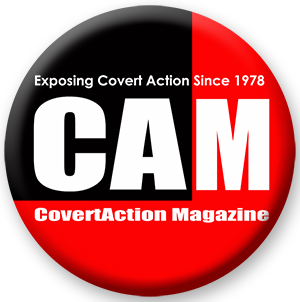
CovertAction Magazine is made possible by subscriptions, orders and donations from readers like you.
Blow the Whistle on U.S. Imperialism
Click the whistle and donate
When you donate to CovertAction Magazine, you are supporting investigative journalism. Your contributions go directly to supporting the development, production, editing, and dissemination of the Magazine.
CovertAction Magazine does not receive corporate or government sponsorship. Yet, we hold a steadfast commitment to providing compensation for writers, editorial and technical support. Your support helps facilitate this compensation as well as increase the caliber of this work.
Please make a donation by clicking on the donate logo above and enter the amount and your credit or debit card information.
CovertAction Institute, Inc. (CAI) is a 501(c)(3) non-profit organization and your gift is tax-deductible for federal income purposes. CAI’s tax-exempt ID number is 87-2461683.
We sincerely thank you for your support.
Disclaimer: The contents of this article are the sole responsibility of the author(s). CovertAction Institute, Inc. (CAI), including its Board of Directors (BD), Editorial Board (EB), Advisory Board (AB), staff, volunteers and its projects (including CovertAction Magazine) are not responsible for any inaccurate or incorrect statement in this article. This article also does not necessarily represent the views the BD, the EB, the AB, staff, volunteers, or any members of its projects.
Differing viewpoints: CAM publishes articles with differing viewpoints in an effort to nurture vibrant debate and thoughtful critical analysis. Feel free to comment on the articles in the comment section and/or send your letters to the Editors, which we will publish in the Letters column.
Copyrighted Material: This web site may contain copyrighted material the use of which has not always been specifically authorized by the copyright owner. As a not-for-profit charitable organization incorporated in the State of New York, we are making such material available in an effort to advance the understanding of humanity’s problems and hopefully to help find solutions for those problems. We believe this constitutes a ‘fair use’ of any such copyrighted material as provided for in section 107 of the US Copyright Law. You can read more about ‘fair use’ and US Copyright Law at the Legal Information Institute of Cornell Law School.
Republishing: CovertAction Magazine (CAM) grants permission to cross-post CAM articles on not-for-profit community internet sites as long as the source is acknowledged together with a hyperlink to the original CovertAction Magazine article. Also, kindly let us know at info@CovertActionMagazine.com. For publication of CAM articles in print or other forms including commercial internet sites, contact: info@CovertActionMagazine.com.
By using this site, you agree to these terms above.
About the Author
M.C. Armstrong is an award-winning writer of both fiction and non-fiction. The Brooklyn Rail named his 2020 memoir, The Mysteries of Haditha (Potomac Books, 2020), one of the best books of the year.
An account of his time as an embedded journalist with the Navy SEALS in Al Anbar Province, Iraq, The Mysteries of Haditha emerged from Armstrong’s regularly filed stories for his hometown newspaper, The Winchester (VA) Star, over the course of 2008.
“Veteran Activism and the Global War on Terror,” his doctoral dissertation (University of North Carolina-Greensboro, 2021), which examines post-9/11 veteran-activists, was published by Bloomsbury in 2024.
Armstrong is also the author of the YA thriller, American Delphi, and the forthcoming investigative memoir, Murder Most Foul, which is a study of Lyndon Johnson’s role in the assassination of John F. Kennedy. When he’s not teaching English literature or writing, Armstrong can be found performing with the rock band, Viva la Muerte, as its guitarist and lead singer-songwriter.
M.C. can be reached at matty8a@gmail.com.

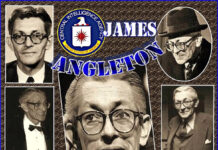
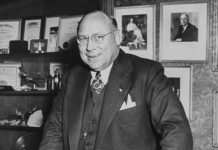
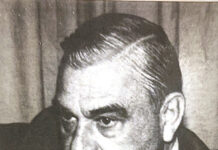
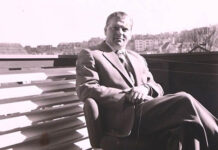
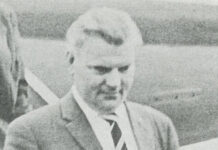


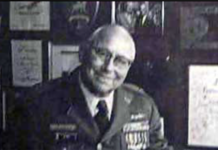
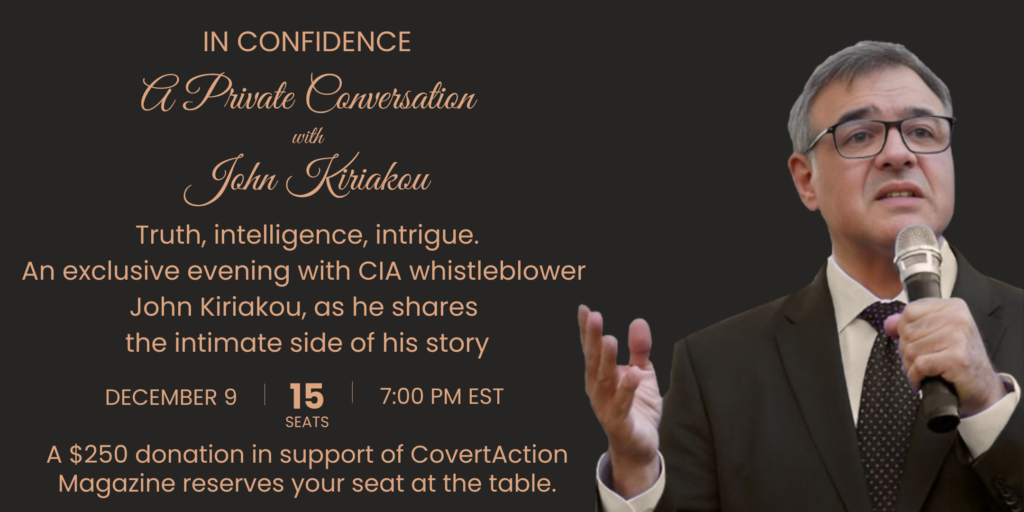
There is much more evidence concerning Lyndon Johnson than this.
Many people who lined the route of the motorcade were surprised that Johnson ignored them. Photographs show that this is indeed the case. He looked ahead and his thoughts seemed to be elsewhere.
And then the Altgens photograph clearly shows that Ralph Yarborough and Lady Bird Johnson were smiling. They were clearly unaware that the shooting had just started. And yet, LBJ had already ducked.
Secret Service Agents were later sent to seize the body from Parkland Hospital and load it onto Air Force One. This order could only have come from President Johnson and was done to allow the body to be altered to fit in with the lone gunman fiction.
Jackie Kennedy refused to change out of her contaminated clothes. Members of her entourage said that this was to demonstrate to the perpetrators of the crime just what they had done. The most obvious person to see this would be President Johnson.
Jack Ruby would have known the very real risk he was taking by implicating Johnson.
Kennedy was a traitor and sided with Russia. Nobody likes traitors.
Putin betrayed Syria, he’s just lucky that the Iranians are stupid by nature and don’t know how to get revenge on him. Trump is not afraid of a bullet, but he is afraid of something else. Impeachment and a trip to prison.
Kennedy committed high treason, it’s not right that he was shot without a trial, he should have been dragged out of the White House, sentenced to death and put in front of a firing squad.The Russians have always been a monstrous nation and always will be.
We all know about their rapes in 1945 and we all know what they are doing now in Ukraine.